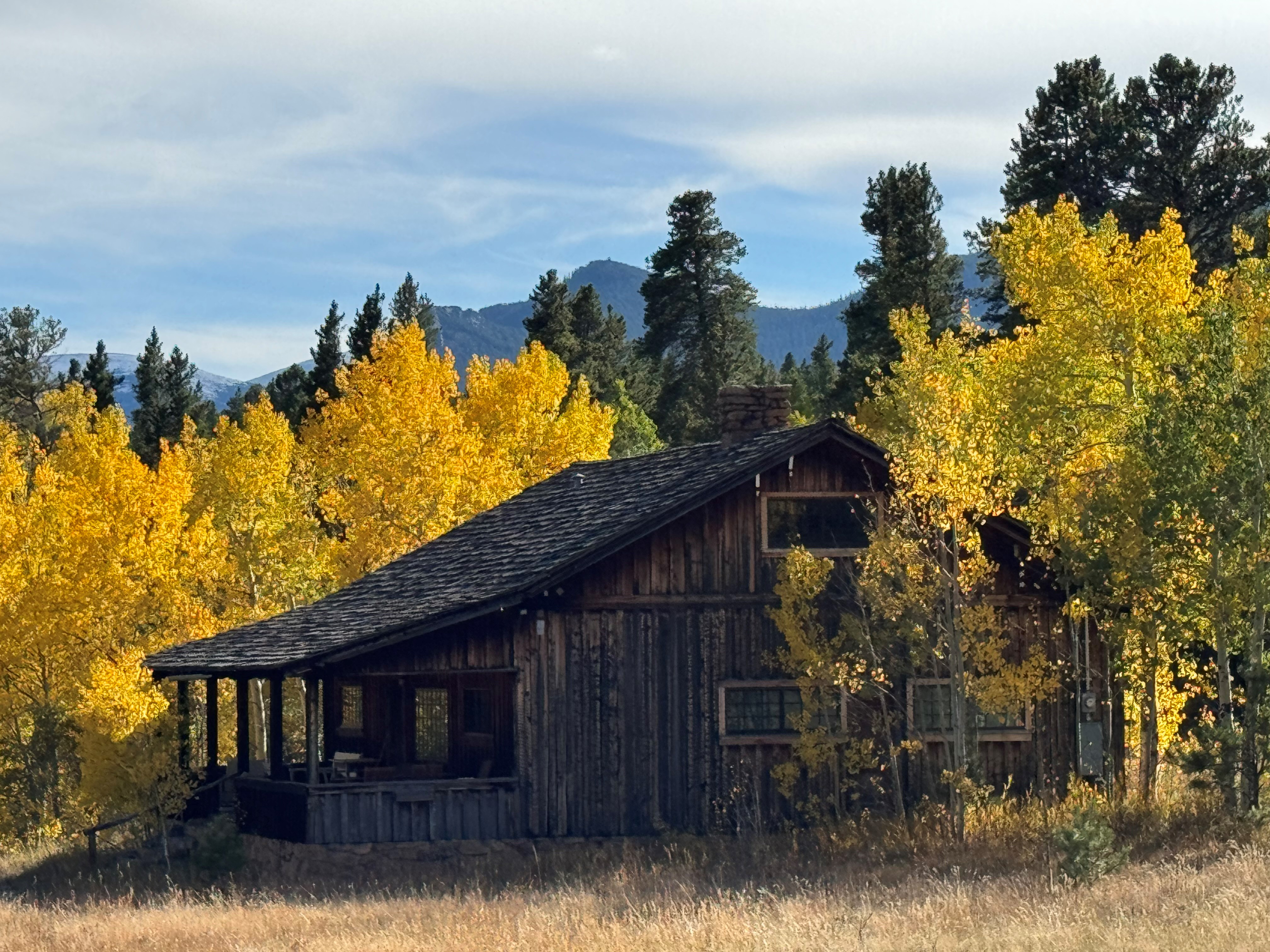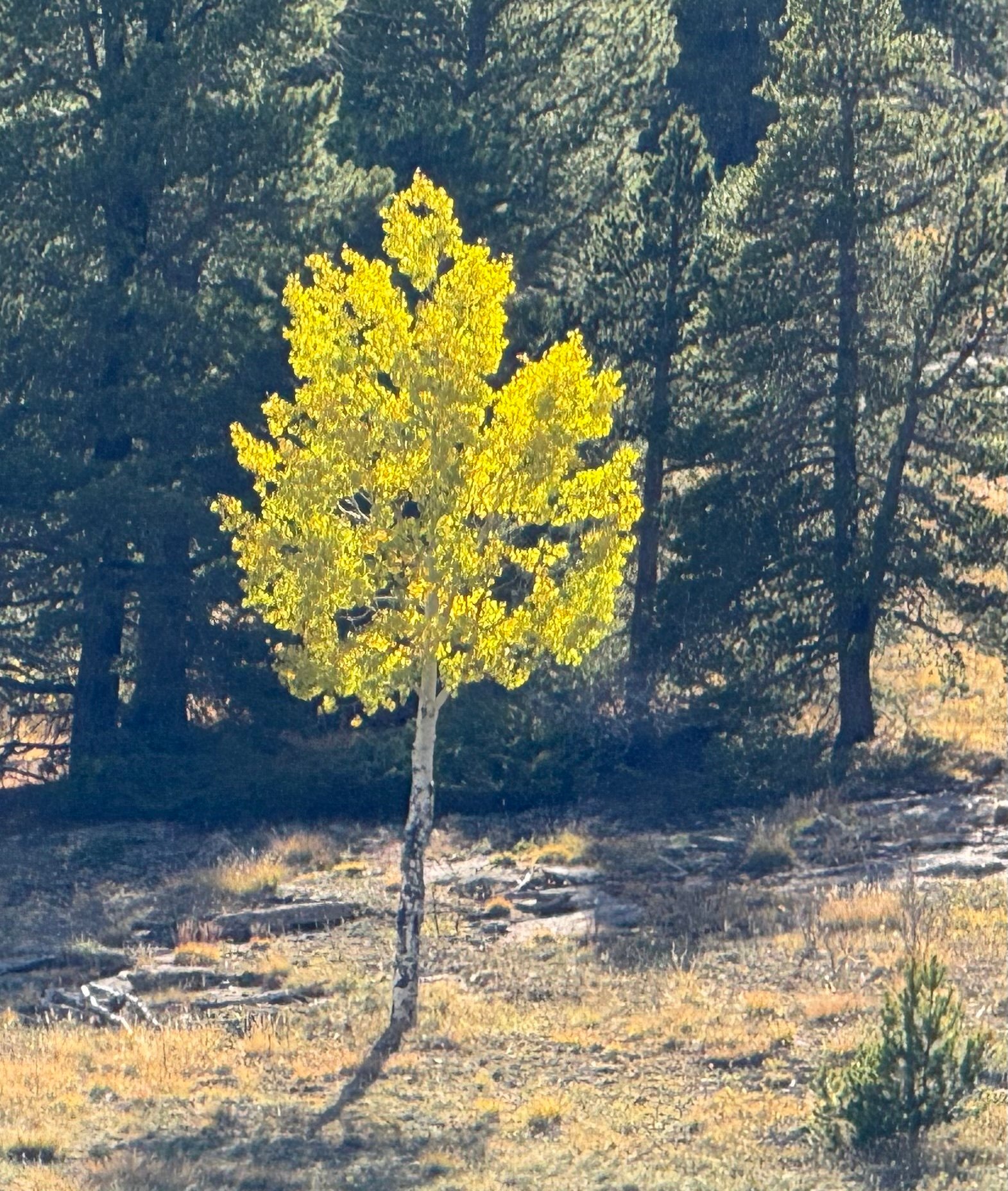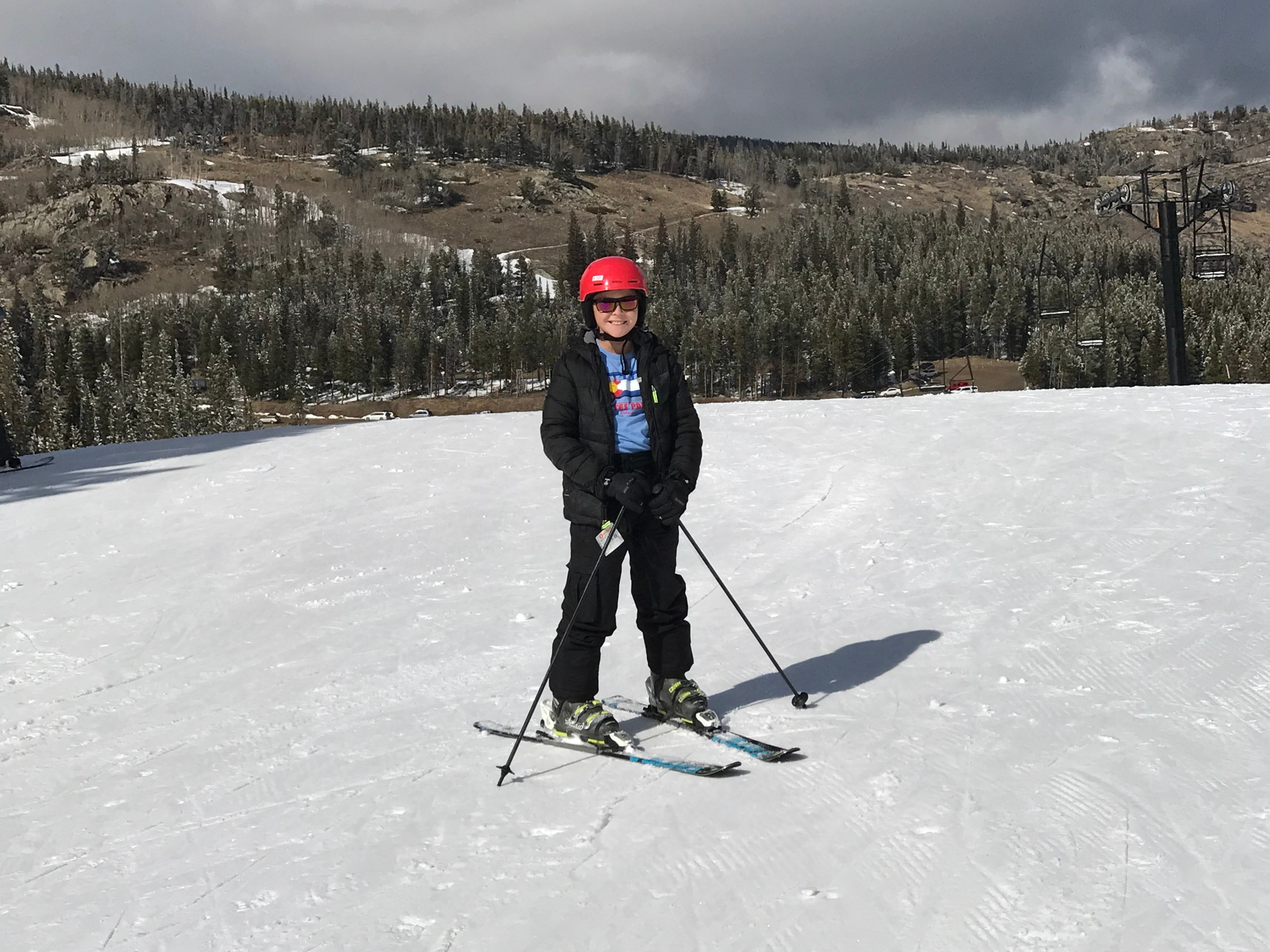Colorado’s Central City was once home to a legendary Gold Rush, earning it the title “the richest square mile on earth.” But here in Colorado, there’s more than one kind of gold. There’s the kind you wear on your finger to symbolize a lifelong promise—a symbol of love that doesn’t always work out. I know friends who’ve given it more than one shot because love is a force that keeps them trying.


Then there’s the golden display in nature: the stunning autumn leaves. People from all over the country head to Colorado to soak in the vibrant beauty of our Aspen trees, setting aside daily worries and enjoying the crisp, clean air. Most of the leaves turn a brilliant gold as the sun shines through them, though some have a striking red hue. Why the difference? It’s the minerals in the soil.

Fall in Colorado also brings the Elk Rut. The sound of bull elk calling to gather and defend their herds is truly remarkable. Occasionally, bulls will even clash with rivals to protect their territory and establish dominance. If you haven’t witnessed this, Estes Park is the ideal place to go with your camera and capture this unique experience (from a safe distance).
This fall has been one of the best in years. The leaves are gradually changing, and we’ve been lucky with calm weather that hasn’t blown them away. Unlike past years, when black spots would appear and the leaves would drop prematurely, this year they’re displaying their full glory—and so are the elk.


We’ve covered two types of Colorado gold, but then there’s the most cherished of all: “White Gold.” Colorado’s pristine snow draws skiers from around the world to famous slopes like Aspen, Vail, Breckenridge, and Winter Park. Estes Park had its own ski area until 1991, but it was located within the National Park and hasn’t returned. Nonetheless, Colorado has raised many Olympians who have proudly represented the U.S. in skiing and snowboarding.
This white gold doesn’t just make for incredible skiing—it melts into water that flows into homes, streams, rivers, and lakes. It’s what sustains the crops that end up on tables across the country.

